Open Axillary Access for complex endovascular aortic repair; a UK tertiary centre experience
Nandhra. S, Nesbitt. C, Priona. G, Williams. R, McCaslin. J
Northern Vascular Centre, Freeman Hospital, Newcastle upon Tyne
Introduction
Complex endovascular aortic repair is frequently performed using concurrent axillary artery access; this can offer a favourable trajectory for the cannulation of the caudally-orientated visceral vessels. However, associated cerebrovascular complications are reported to be between 2 and 15%. Furthermore, it is hypothesised to be greater with right-sided axillary access due arch manipulation across the origins of the cerebral vessels. The experiences of a UK tertiary centre were reviewed to assess the morbidity associated with axillary access.
Methods
A retrospective analysis was performed to identify cases of open axillary exposure for complex aortic endovascular repair. Right-sided access was preferentially utilised unless there was arch disease or the left was unavailable. The primary endpoint was clinical cerebrovascular complication and the secondary endpoint was local access complications.
Results
A total of 177 complex endovascular aortic repairs performed between 2009 and 2018 were reviewed.
63 underwent open axillary exposure (44 male:19 female), with a mean age at intervention of 72.4(8.35 s.d.) years. Right-sided access was performed in 46 cases.
There were no cerebrovascular complications.
5 local complications occurred. Two incidences of haematoma requiring surgical intervention (1 right, 1 left). 2 cases of limited right sided dissection and 1 dissection causing asymptomatic occlusion.
Successful visceral cannulation was achieved in all cases.
Conclusion
This case-series demonstrates that open axillary access is safe. In particular, right-sided access does not result in increased clinical cerebrovascular complications. Furthermore, local access complications are minimal.
